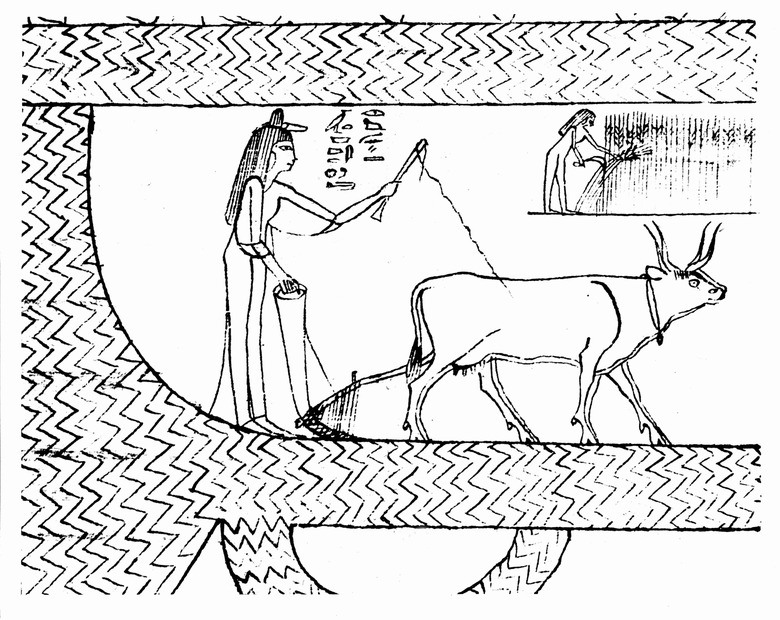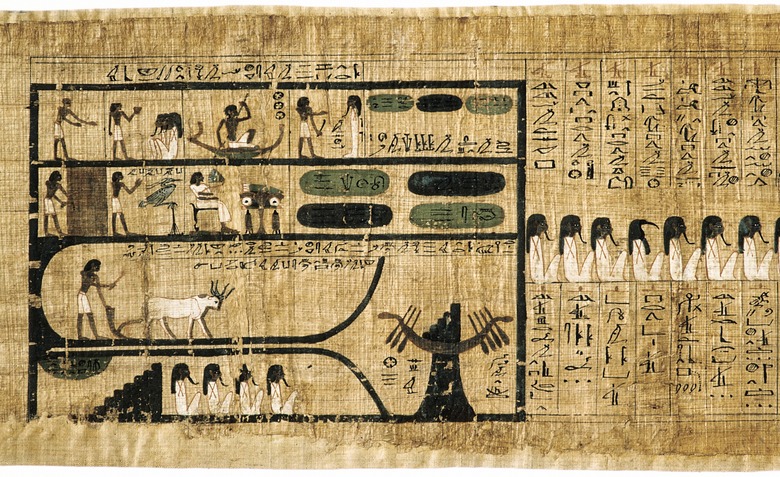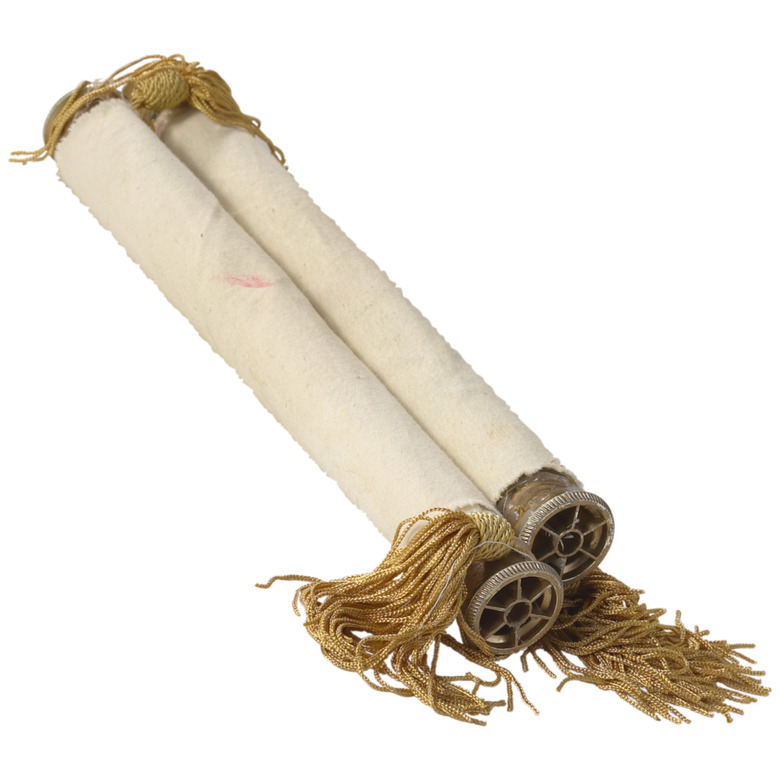The Process Of Papyrus To Papers In Ancient Egypt
The papyrus plant was of tremendous importance within the ancient Egyptian civilization. The plant served many uses, but the most significant was its development as a source of raw materials for the production of paper. The ancient Egyptians developed a process for the harvesting, manufacture, use and storage of this valuable material.
Facts, Growing and Harvesting
Facts, Growing and Harvesting
Papyrus is a tall, reed-like, fresh water plant with a stunning blossom, sometimes reaching a height of 15 feet, that grows along the banks of the Nile River. Egyptian drawings depict laborers harvesting the plants from the marshes, then tying them into bundles. Papyrus was used to make paper as early as 3100 B.C. Many scrolls recovered from tombs are dated to that era.
Preparation into Sheets
Preparation into Sheets
The steps the ancient Egyptians used to create a writing surface from the papyrus plant have been recreated by contemporary archaeologists. The stalks are soaked in order to remove the green rind, then split into thin strips. These strips of soft pith were arranged in two vertical and two horizontal layers, then pounded with a stone or mallet and dried to form a single sheet which was rubbed with a stone or shell to create a smooth texture for the application of ink or paint.
Writing
Writing
Once inscribed, papyrus sheets were joined together in long rolls, approximately a foot wide, that could end up hundreds of feet long. High-quality papyrus intended for writing was a costly product, and sometimes writing was washed off in order to reuse the sheets. Ancient Egyptians used reed brushes and pens as writing implements. Some of the substances used for writing and painting included charcoal, iron oxide and malachite.
Preservation
Preservation
Papyrus scrolls were often stored in wooden chests, sacred statues and jars and have been unearthed from tombs. One famous example is a version of the Book of the Dead, a 52-foot long funerary scroll containing spells and incantations found in a coffin belonging to the wealthy construction foreman Kha and his wife Merit, who were entombed around 1386-1349 B.C. The ancient Egyptians also maintained royal archives, where accounting, day books and other administrative letters were stored, all written on papyrus.
Cite This Article
MLA
Sanders, DaVaun. "The Process Of Papyrus To Papers In Ancient Egypt" sciencing.com, https://www.sciencing.com/process-papyrus-papers-ancient-egypt-10681/. 24 April 2017.
APA
Sanders, DaVaun. (2017, April 24). The Process Of Papyrus To Papers In Ancient Egypt. sciencing.com. Retrieved from https://www.sciencing.com/process-papyrus-papers-ancient-egypt-10681/
Chicago
Sanders, DaVaun. The Process Of Papyrus To Papers In Ancient Egypt last modified March 24, 2022. https://www.sciencing.com/process-papyrus-papers-ancient-egypt-10681/




